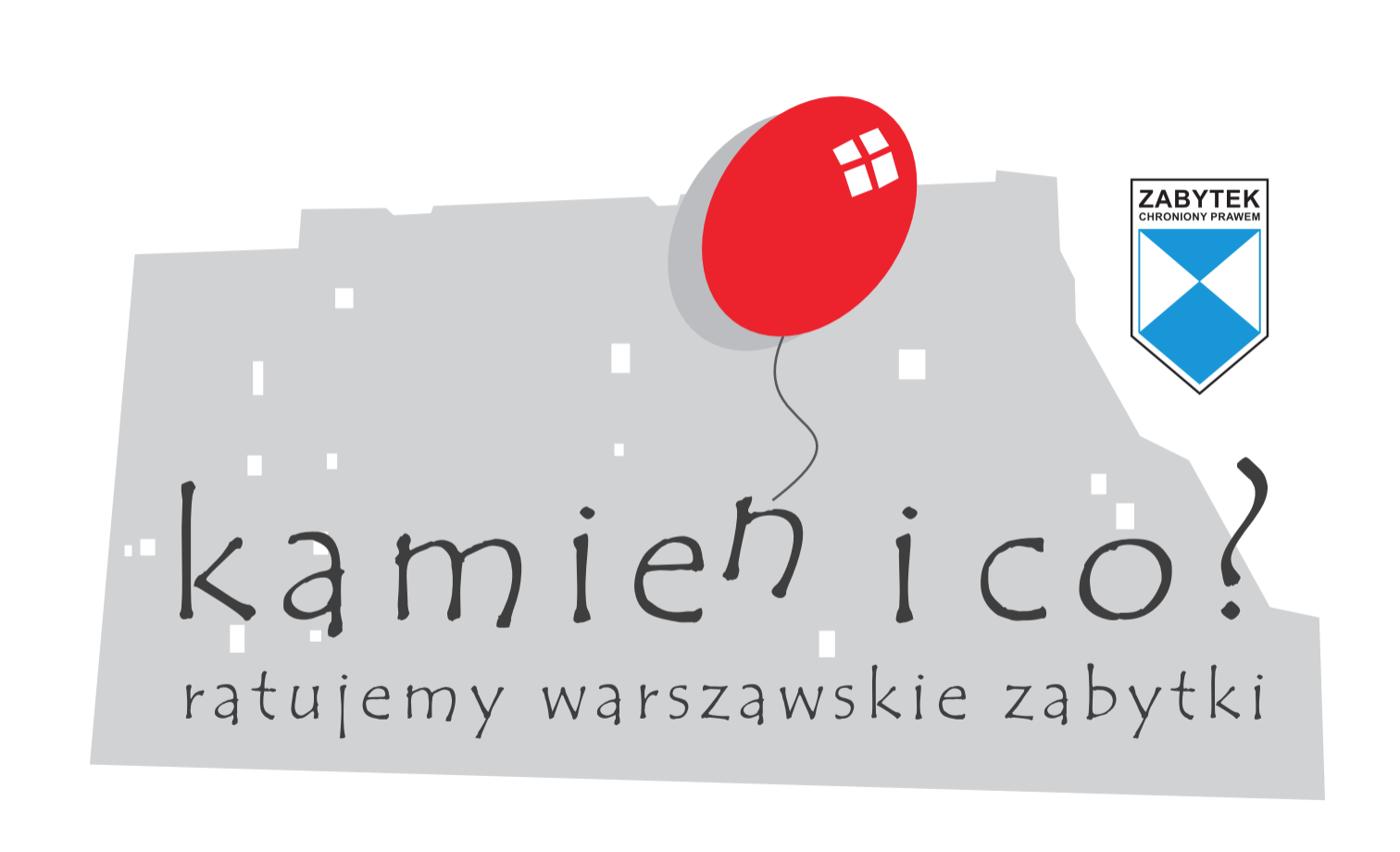
Mieczysław Weinberg Street
The present Weinberg Street and the former Krochmalna Street
In May 2021, the Municipal Naming Council of the Capital City of Warsaw decided that the western part of Krochmalna Street, which connects to Chłodna Street should bear Mieczysław Weinberg's name.
This is a new, post-war section of Krochmalna, which used to look completely different. During the composer's childhood, Krochmalna Street, stretching in a straight line from East to West, crossed Żelazna Street without meandering between buildings.
"Magic" at Weinberg Street
It would probably be difficult for the composer to imagine where the street named after him is located. Before the war, 54 Krochmalna and 29 Chłodna Streets were built-up properties. The change in the course of Krochmalna Street on the stretch between Żelazna and Wronia Streets was caused, among other things, by the expansion of Warsaw breweries.
At the intersection of today's Weinberg and Chłodna Streets, there is a building that might have attracted attention in the past with colourful film posters in the windows located on the façade along the sidewalk. This is how the "Magic" cinema used to advertise itself. In the interwar period, the cinematographer working there was called Damazy, and because the film stock often broke, causing pauses in the screening, witty viewers coined the saying: „Panie Damazy, puszczaj Pan obrazy” ("Mister Damazy, play the pictures!”).
Whereas Leopold Tyrmand, a year younger than Mieczysław Weinberg, recalls the distinctive atmosphere of the old cinema:
A small, dirty, stuffy room, a "To be continued" card displayed every few minutes and at the most interesting moments, raindrops on canvas on an old dry tape. Such cinemas were the universities of our generation in the big cities. It is from the screen that we absorbed the knowledge of life and ideals, commandments, ethics, and gesticulation. We shaped our ten-year-old morality, based on the heroes of the silent films. Douglas Fairbanks and Eddie Polo, Harry Piel, and Tom Mix set the rules in the same way that D’Artagnan, Winnetou, Tom Shatterhand, and Mr. Wołodyjowski shaped morality of our fathers.
The tenement houses at the corner of Chłodna and Weinberg Streets, even though they do not look impressive, are among the oldest buildings in this part of the city.
Krochmalna Street (formerly Lawendowa Street)
Before the Second and even the First World War, Krochmalna Street was a market and an industrial street. Originally, it was called Lawendowa (Lavender) Street, which could be a reference to its blossoming and fragrant gardens. The name was changed at the end of the 18th century due to a creation of a starch factory.
The intersection with Żelazna, i.e. the place where Mieczysław Weinberg was born, was closer to the industrial zone, i.e. in the area of factories and warehouses, which were located on the lots closer to the western end of the street. The famous Russian breweries in Warsaw operated on Krochmalna Street: first, it was Ludwik Suchocki's plant, bought by Błażej Haberbusch and Jan Henryk Klawa in the mid-20th century. Further west, under number 92, the building of the Orphan's Home was erected, founded, and run by Janusz Korczak and Stefania Wilczyńska. The building from 1911–1912 survived the war, but today it bears a different address: Jaktorowska Street.
The buildings marked with low numbers belonged to the food trade zone – they were the backdrop of markets created around the Mirowski Square. Today, it is a small alley hidden among the park greenery between the Mirowska and Guards halls and the buildings of the “Za Żelazną Bramą” (Behind the Iron Gate) housing estate.
A few years before the outbreak of World War I, the region of Warsaw, to which the Weinbergs had moved, looked quite frightening and fascinating at the same time.
Krochmalna Street was full of noise and bustle. Dishwater was poured through open doors, and dirt streamed down overflowing gutters. Someone opened the window and threw out the garbage. There were many bakeries on the street, and clouds of smoke billowing out of chimneys. The stables attracted swarms of flies. The street was vibrant. Shoemakers were repairing shoes in front of their workshop doors. Women, rocking their babies, sat outside on stools and steps. A bunch of street urchins followed a mute, calling out: "Dunce!" Wives argued with their husbands and neighbours tried to reconcile them.
This description comes from the novel The Manor written by Isaac Bashevis Singer, who lived in the area between 1908 and 1917.
Flats on Krochmalna Street
In the spring of 1914, i.e. two years before the arrival of the Weinbergs, the Singer family changed the apartment for a bigger and more comfortable one, moving from 10 Krochmalna Street to number 12. It was a typical Warsaw tenement house with several inner yards called "wells".
No. 12 was like a city. It had three enormous courtyards. The dark entrance always smelled of freshly baked bread, rolls and bagels, caraway seed and smoke. Kopperl the baker’s yeasty breads were always outside, rising on board. On No. 12, there were two Hasidic study houses, the Radzymin and Minsk, as well as a synagogue for those who opposed Hasidism. There was also a stall where cows were kept chained to the wall all year round. In some cellars, the fruit had been stored by dealers from Mirowski Place; in others, eggs were preserved in lime. Wagons arrived there from the provinces. No. 12 swarmed with Torah, prayer, commerce, and toil. (…) Some apartments even had telephones.
– Singer writes in an autobiographical book “In My Father's Court”. The comforts of this new apartment included gaslighting, a kitchen with a meter actuated by coin, and a private toilet.








